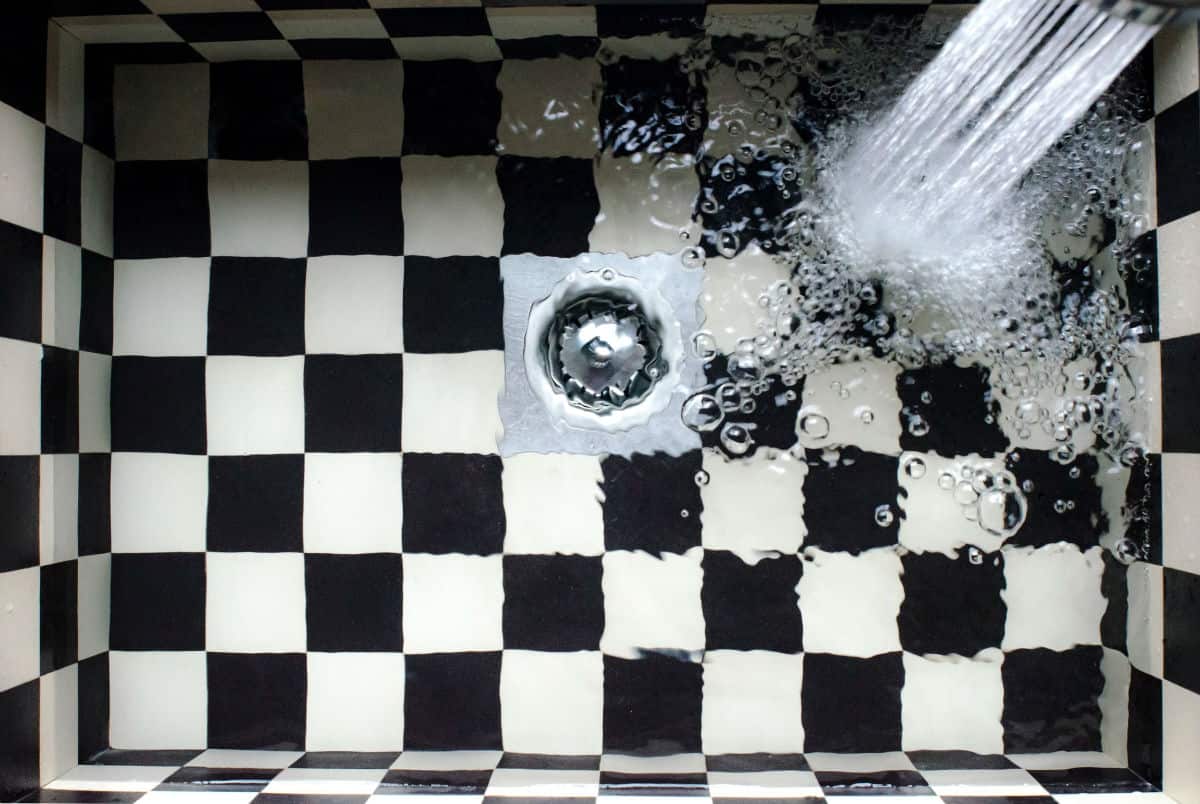
Everybody needs clean drains. I don’t care who you are, or what where you’re from. There’s something about working, clean drains that are absolutely necessary for modern life. The issue we face when it comes to clean drains is that there comes a time when we actually have to get down and dirty and clean them out. That’s always a bummer. Nobody likes having to do it, yet everybody needs a clean drain. So granted that we all have to roll up our sleeves and make it happen, we have a second choice we have to make: which drain cleaners to use.
Most of us would go out and buy whichever brand is in between the cheapest and the most expensive. We pour it down, wait, and that’s about it. But do we put the stock on whether or not it’s right for the pipes? Do we take into consideration the environmental consequences of using certain drain cleaners? Here, we’ll take a look at toxic and non-toxic drain cleaners and what may be right for you.
“Toxic” Cleaners
When we talk about toxic drain cleaners, we are generally talking about harsh commercial cleaners that you find in the department store. Things like Drain-O and such. Using them is highly effective for all sorts of jobs. They’re kind of like a shotgun solution that will get the job done if need be. Beware, though. They should only be used on iron, steel, or copper pipes. The fact that they’re toxic is what makes them so effective. Drawing a comparison between them and other options usually turns up as just more efficient than other non-toxic chemical options. The hard alkaline effectively breaks down organic matter like hair and the bio-gunk that glues them together. So if you’re not particularly worried about “organic” labels and DIY solutions and just want the job done, the so-called toxic options are your quick and easy go-to.

“Non-Toxic” Cleaners
The first thing you’ve got to do is figure out what kind of pipes you have. If you’ve got PVC pipes, corrosive chemicals may not be the thing for your plumbing. There’s a big chance that hard commercial drain cleaners can eat through the plastic and, with enough use, you’ll have a big gaping hole in the most inconvenient of spots. If you’ve got PVC pipes, the best thing to use would be a snake and some hot water. The next best thing after that would be to use an enzymatic cleaner or a DIY solution like salt, borax, and vinegar. These work like a charm for mild and moderate obstructions. Enzymatic solutions are best for drains that are slowing down but not completely clogged. The snake, being the best non-toxic option to unclog a drain, can break up larger obstructions and allow for the enzymatic solutions to take effect.
Whether you go for a “toxic” or “non-toxic” option, in the end, you’re trying to clean out a drain. Choice is a matter of convenience, piping, and the amount of time you’re willing to spend on it. Whatever gets the job done in the time frame you’ve allotted, while at the same time appealing to your personal sensibilities, is ultimately what you should go with.
